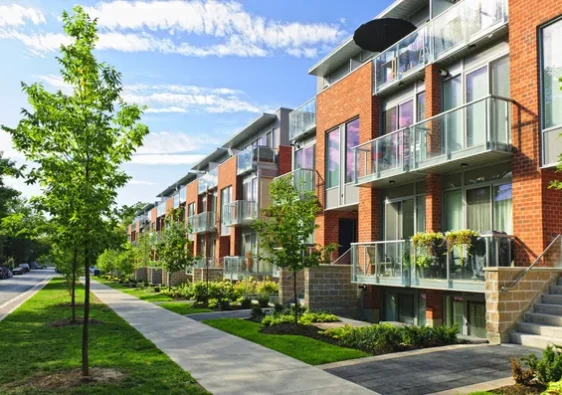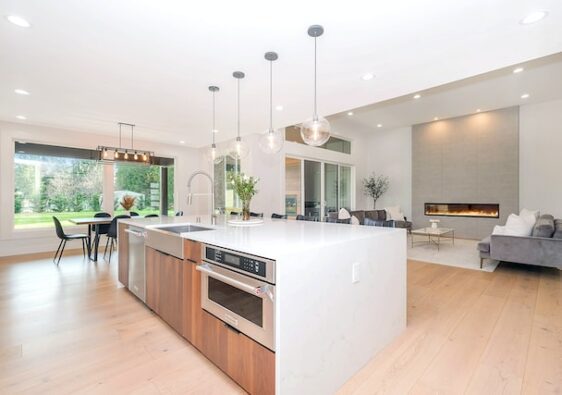Our abode is our sanctuary, a reflection of our taste, and an abode that should cater to our comfort and needs. This idea is embodied in the modern house design philosophy, which allows for a smooth integration of form and function that complements the occupant’s lifestyle. A well-designed space can transform everyday life, infusing it with ease, joy, and well-being.
Evolution of Home Design Tactics
The home design landscape has radically transformed over the past few decades. Homes are no longer merely collections of rooms with assigned functions but spaces that embrace flexibility, openness, and interaction. Today’s design philosophy centers on crafting experiences within the home – experiences that afford comfort, encourage family bonding and adapt to the versatile needs of its occupants. Interior design now takes a cue from behavioral patterns, making custom and thoughtful design as crucial as the architectural foundation of a home itself. For homeowners, particularly those exploring options such as Seattle remodeling, it’s essential to understand the current innovations and trends that make a house feel like a home.
Strategies for Maximizing Space Utilization
In the art of home design, space is akin to a canvas – the availability and usage determine the quality of the result. Inventive space maximizing is the cornerstone of modern interiors, particularly crucial in urban areas where square footage is becoming a luxury. Open-plan layouts, while aesthetically pleasing, also embody the spirit of inclusivity and transparency. Creative storage options like wall slats, movable shelving, and movable furniture are essential to organizing and upholding a pragmatic and minimalist aesthetic. Not only does this streamline living areas, but it also permits residents to customize space per their evolving needs, highlighting a home’s potential to be as dynamic as its inhabitants.
Maximizing the Role of Natural Light
The lux and luster of natural light can breathe life into any space. Intelligent architectural design ensures dwellings are not merely shelters but vessels that capture the essence of the outdoors. Considering both the size and positioning of windows, the correct fenestration and the thoughtful placement of mirrors can amplify sunlight penetration, thus energizing living spaces and slashing electricity bills. As homebuyers become more health-conscious, designs that imbue interiors with abundant sunlight, have become a focal point, as evidenced by the appreciation of natural light’s impact on wellness. Skylights serve as a design statement and provide a solution for bringing daylight to the more central parts of a home, offering an unobstructed connection to the sky above.
Embracing Smart Home Technologies
The infusion of technology into domestic spaces has transitioned homes from static structures into adaptive ecosystems. The contemporary homeowner enjoys the merits of smart homes, where technologies such as automated HVAC systems, intelligent security, and efficient lighting converge to create an interconnected, user-centric habitat. The foresight to design homes with an infrastructure that supports future technological integration is increasingly crucial. For instance, structured wiring and robust networking facilities ensure the home remains adaptable and ready for new waves of innovation, such as IoT (Internet of Things) devices, which are already shaping the houses of tomorrow.
Designing Harmonious Outdoor Living Spaces
Outdoor living spaces serve as an al fresco extension of the indoors, fostering a unique blend of relaxation and entertainment possibilities. The design of these spaces often reflects an aspiration for harmony between human habitation and nature. Features such as expansive decks, elegantly landscaped gardens, and exterior lighting are carefully curated to beckon inhabitants into embracing the natural world. The focus on establishing a connection with the outdoors has grown into a significant paradigm in design, enabling residents to enjoy the peaceful atmosphere and nourishing elements of nature without leaving their property.
Incorporating Universal Design Principles
Intelligent home design is characterized by its capacity to meet the varied needs of people at different phases of their lives. Universal design goes beyond aesthetics, assuring accessibility and ease for everyone, including those with disabilities or mobility concerns. Features like step-less showers, adaptable countertops, and user-friendly controls are thoughtful and necessary adaptations that enable inclusivity. Besides ergonomic benefits, such elements contribute to a home’s resale value by ensuring it can cater to a broad spectrum of potential buyers.
Drawing Inspiration from Global Design Aesthetics
Globalization has cast a wide net over home design, inviting diverse cultural influences into living spaces. Architects and interior designers now explore and integrate international ideas and motifs, allowing homeowners to curate spaces that are cosmopolitan in spirit yet intimate in essence. This convergence of global aesthetics gives homes a sophisticated and cosmopolitan character, positioning them as canvases exhibiting the rich tapestry of global design concepts while respecting particular contexts and customs.



